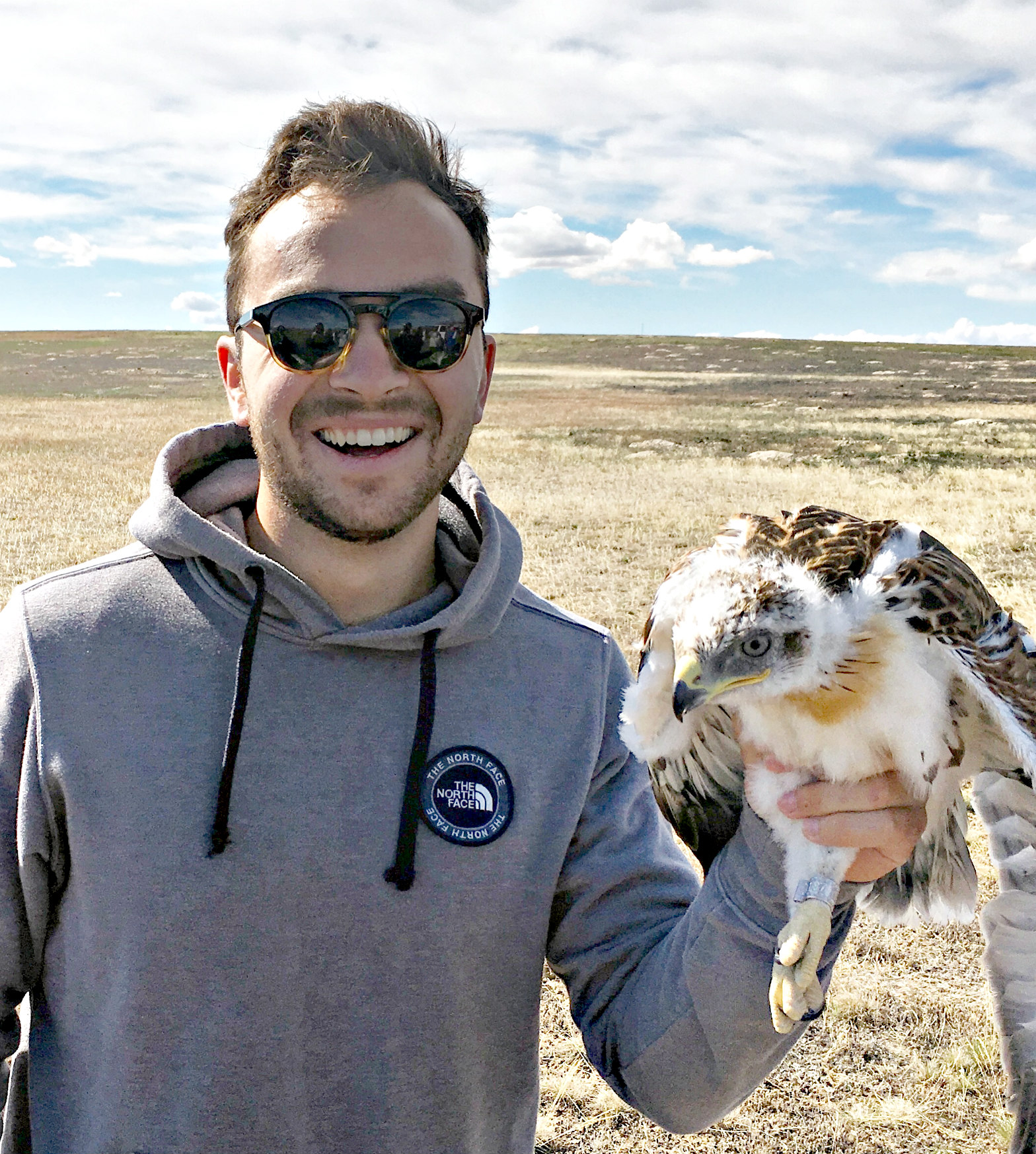Graduate Researcher return to map return to student search

Hometown:
Pleasant Hill, CA US
School:
Boise State University
Graduate student
Ecology, Evolution, and Behavior
Funded by EPSCoR Award:
MILES | IIA-1301792
Research Location(s):
COUNTIES:
LEGISLATIVE DISTRICT(S):
Research Statement:
Matt Clark, a recent MS graduate funded by EPSCoR and PhD student with Human-Environment Systems at Boise State in the Ecology, Evolution, & Behavior PhD program, recently published his research, Bringing forecasting into the future: Using Google to predict visitation in U.S. national parks, in the Journal of Environmental Management. He interested in the social and environmental conditions that drive individuals to engage in community-based conservation efforts. His research utilizes theories and methods from the fields of cultural evolution, land system science, and the study of complex systems generally. Currently his research projects are primarily located in Pemba, Tanzania where a team of collaborators quantifying the effects that past conservation interventions have had on communities, the environment, and on the future for conservation on the island.
Research Impact:
Human encroachment into natural areas over the last 150 years has caused global biodiversity loss on a magnitude only seen five other times in our planet’s history. Despite approximately $140 billion dollars poured into conservation each year, land conversion continues to accelerate, outpacing even human population growth. As humanity scrambles to save what remaining primary forests are left on our planet, the burden of actually doing conservation often falls onto the people living in and around natural areas. Matt’s research seeks to find ways of doing conservation better, both for the environment and also for local livelihoods. His EPSCoR funded project investigated national park visitation rates using internet search data. While there are no national parks in Idaho, our state is characterized by public lands and natural areas. Visitation to natural areas is critical for local economies and for local identity in many places, but high levels of use can degrade the very areas that visitors go to enjoy. This project provided a way for individuals to make use of internet search data to forecast visitation to these amazing places and subsequently better plan for changing levels of visitation. Outcomes from this project show that easily accessible internet search data can be highly predictive of future visitation in certain U.S. national parks. According to Matt, rising visitation increases the stress on both natural resources and park staff. Rapid, and seemingly random, visitation increases are especially stressful for national parks and often result in parks entering a sort of “triage mode” where only the most pressing maintenance and environmental needs are addressed. This project demonstrates a way that national parks and other protected areas can better forecast these unanticipated visitation changes by tracking the clues that visitors leave behind in their internet search history.
